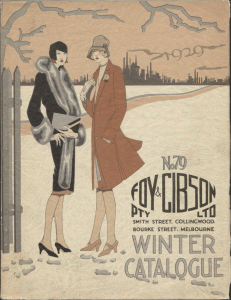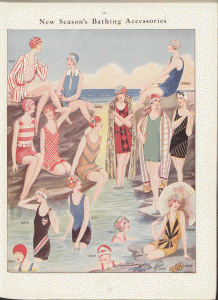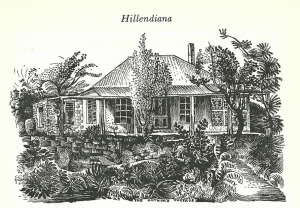Foy & Gibson Catalogues
The department store and manufacturers, Foy & Gibson, began when Mark Foy (1830–1884), a draper from Ireland who had owned various produce stores around the Bendigo district, set up a new drapery business in 1870 in Smith Street, Collingwood. Also known as Foy’s, it was one of Australia’s earliest department store chains, modelled on Le Bon Marché in Paris and other European and American stores of the period. The business prospered and occupied six shops by 1880. A large range of goods was manufactured and sold by the company, including clothing, manchester, leather goods, soft furnishings, furniture, hardware and food.
In 1883 ownership of the business was transferred to Foy’s son, Francis Foy, in partnership with Willam Gibson. Francis Foy later sold his half share of the business to Gibson and moved to Sydney, establishing Mark Foy’s there. Gibson added manufacturing and direct importing to retailing and acquired many subsidiary outlets in Victoria and other states, including Perth, Brisbane and Adelaide. By the early 20th century Gibson’s store and manufacturing works, one of the largest employers in Victoria, dominated the Wellington and Smith Streets area of Collingwood, Melbourne. A second store — the Big Store ― opened in Chapel Street, Prahran, in 1902. After Gibson died in 1918, the firm was carried on by his nephew John Maclellan until it was taken over in 1955 by Cox Brothers, which went into liquidation in 1968. The successor of these businesses now trades as Big W, part of the Woolworths group.
Foy & Gibson catalogues began publication in the 1880s. Our collection begins with the Winter Catalogue 1902. Pictured above are the cover of Winter 1929 and and page 51 of Spring/Summer 1929, from the collections of the University of Melbourne Archives.








